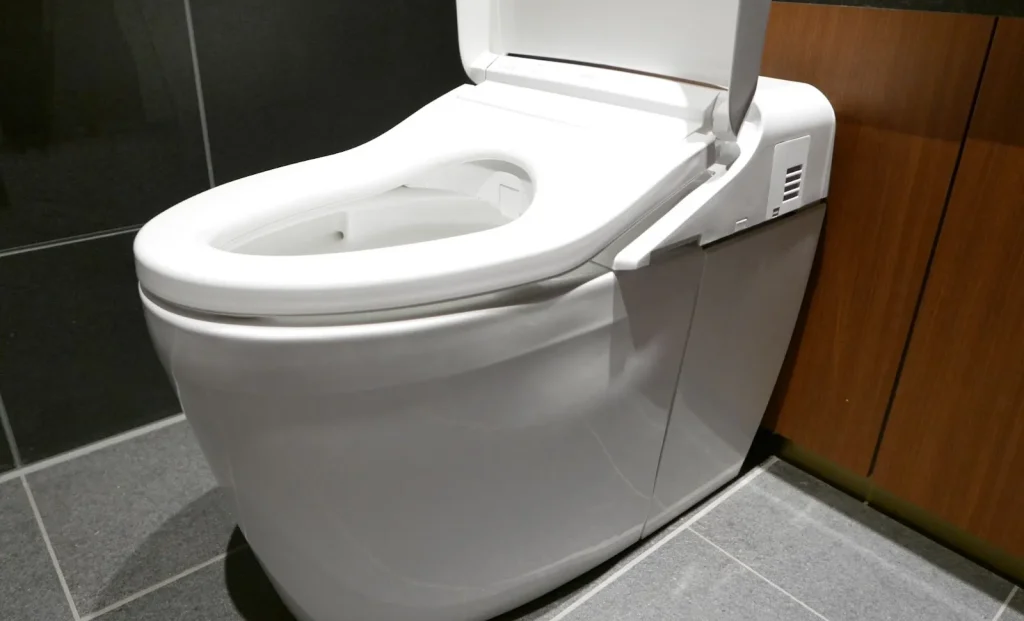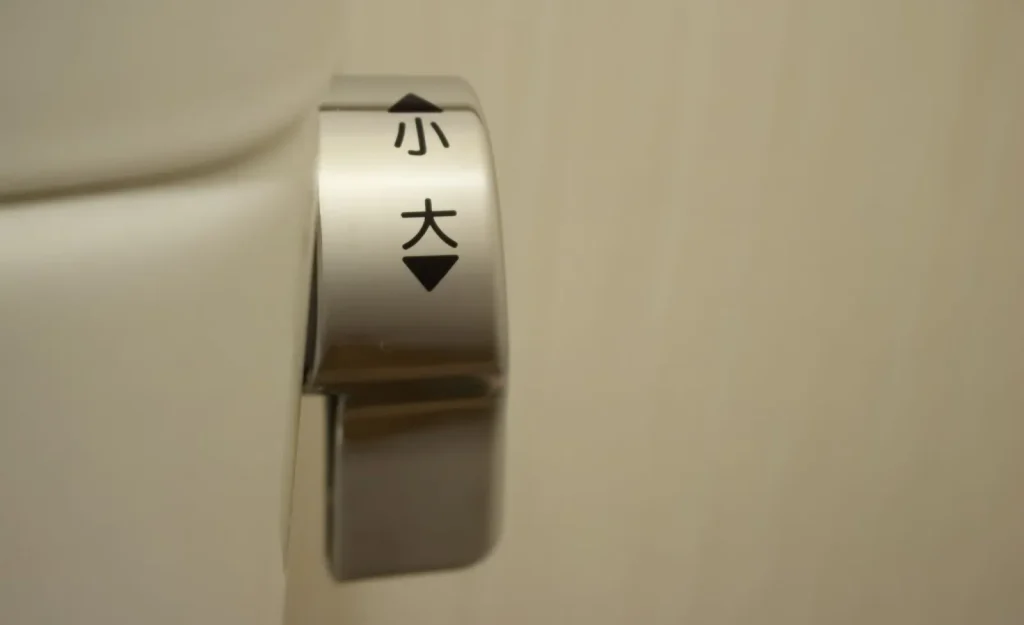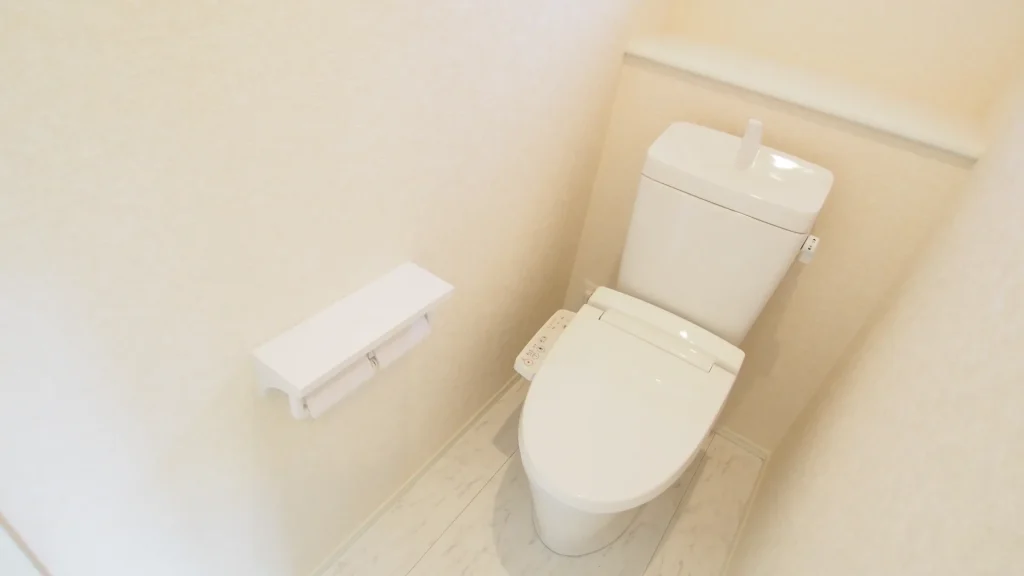How do you flush a toilet in Japan? Washlet Terms and Functions Also Explained

Japan has a wide variety of high-tech devices, and it is well known that its toilets are very sophisticated. Some foreigners living in Japan for the first time may not know how to flush a complicated Japanese toilet. This article, therefore, explains how to flush a Japanese toilet and the terms you should know when using a washlet and its functions.
▼Goandup Picks Click here for recommended articles!
- Required before studying abroad! Goandup Nihongo+, an online Japanese language learning service
- This page introduces services for foreigners who wish to study in Japan or improve their Japanese language skills to learn Japanese online.
- Goandup Salon" community for foreigners living in Japan
- We introduce an online community where foreigners living in Japan can exchange information and interact with each other to support their life in Japan.
- Goandup Study" supports foreigners who want to study in Japan.
- This section introduces study abroad support services that provide comprehensive support to foreigners who wish to study in Japan, from preparation for study abroad to living in Japan.
- Where can I buy a prepaid SIM in Japan? Recommended SIM cards for foreigners are also introduced.
- How to purchase a prepaid SIM and suitable SIM cards for foreigners.
- The Complete Guide to Pocket Wi-Fi in Japan for Foreigners!
- We introduce how to select and recommend pocket Wi-Fi products that can be used conveniently in Japan.
- The Complete Guide to Finding a Job in Japan! Finding a job, changing jobs, and part-time work for foreigners
- This site provides foreigners who want to work in Japan with comprehensive information on how to find a job, recommended job sites, and other information necessary to find a job.
Types of Toilets in Japan

Japanese toilets have a "Japanese styleand "Western styleThere are two types of "Japanese-style" toiletries, and there are differences in appearance and usage. In particular, the Japanese style is not so familiar to foreigners, so be careful not to use it incorrectly.
Japanese style
Japanese-style means "Japanese style," and is a type of toilet that has been used in Japan for centuries. The toilet bowl is buried in the floor, and the user straddles it to do his/her business. It is difficult to squat down to do one's business when one is not used to it, but squatting has the advantage that it is easier to push up and down than sitting down, which makes it easier to pass stool.
Western style
Western-style toilets are used in the U.S., Europe, and other foreign countries, where people sit on a chair-shaped toilet bowl to do their business. Western-style toilets are easier for foreigners to use.
multi-function toilet
Japanese toilets have "multifunctional toilets" that are larger than normal toilets. Multifunctional toilets are designed for people in wheelchairs who cannot use regular toilets, but non-wheelchair users can also use them. Keep in mind that multifunctional toilets also have a table for changing diapers for babies.
Toilet flushing

How to flush a toilet in Japan,Lever type, button type, sensor typeThere are three types of toilets in Japan. Some of them are a little confusing for foreigners using Japanese toilets for the first time, so it is important to know how to flush each one.
lever-type
Lever-type levers are available in two types: those that flush by pushing a short stick-like lever downward and those that flush by rotating the lever halfway toward the front or back. The amount of water that can be flushed depends on the direction in which the lever is rotated.
button-type
The button type flushes water by pressing the button marked "Flush". In the case of Washlet, it is sometimes located in the button panel. These also often have two buttons, "large" and "small," so you can use different amounts of water.
Sensor type
The sensor type is a type in which water flows by holding your hand over the sensor. You do not have to touch the lever or button, so your hands do not get dirty. The sensor is often marked with a hand symbol.
Terms commonly used in Washlet and their functions and usage

The table below lists terms that often appear when using a bidet, their English translations, and their functions and usage. You do not need to memorize all of these to use a toilet, but it is useful to know them. Some toilets may not have the "soft," "Oto-Hime," or "dry" functions.
| terminology | Meaning (English translation) | Functions and Usage |
| Nagasu Cleaning (senjou) | flush | A button to flush the water after the toilet is finished. There are "full" and "half. |
| Oshiri (oshiri) | hip | Wash your buttocks with water |
| Bidet (BIDE) | bidet | Wash female genitalia with water |
| Yawaraka | soft | Wash with low-pressure water. |
| Stop ('tomaru' or 'tomaru') | stop | Turn off the water to the toilet and bidet |
| OTOHIME | The literal translation is "sound princess''. | Music plays throughout the restroom to muffle the sound. |
| Volume (onryou) | volume | Adjusting the volume of music in Oto-Hime |
| Suisei | water pressure | Adjust the strength of the water in the urinal and bidet |
| Drying (kansou) | drying | Air dry your hips after washing. |
| Yobidashi | call | Call an employee for help when you feel sick or have a problem. |
Difference between "buttocks" and "bidet."
The functions of the toilet seat and bidet are similar, but the bidet showers a little earlier than the toilet seat wash, making it easier to wash the female genitalia. Although bidets are designed for washing female genitalia, they are useful for children who cannot sit deeply on the toilet seat to wash their hips.
Note the "call" button.
The "call" button is for calling staff for help, so be careful not to press it by mistake. The "call" button is often located right next to the "flush" button or sensor, so if you are in a hurry, you may accidentally press it.
Tips and cautions for using the washlet

Washlet toilets are not commonly found outside of Japan, so foreigners may not know how to use them properly. Therefore, in order to use toilets comfortably in Japan, we will explain some tips and cautions when using a washlet.
Washing takes about 10 seconds.
It may seem that the more you wash your bottom, the cleaner it will be, but in reality, washing for about 10 seconds is sufficient. On the other hand, if you wash too long, you may end up hurting your bottom.
Do not make the water too strong.
The trick is to use as little force as possible when washing the buttocks. You may be tempted to increase the force of the water to wash thoroughly, but this is not recommended as it can cause damage to the buttocks. Another disadvantage of strong water is that the back part of the toilet seat gets wet with water.
Wash before wiping the buttocks
Clean the buttocks before wiping with paper. If you wipe with paper first, you will not be able to clean your bottom properly because the dirt will be rubbed on your bottom.
Higher water temperature is recommended.
Warmer water is better for removing dirt from the buttocks, so it is recommended that the water temperature for buttock washing be kept high. However, be careful not to set the water temperature too high, as it will become too hot.
Serious employment support to help you realize your dream of working in Japan!

Do you want to work in Japan?
Let us "Goandup" make that dream a reality!
【 Program Features 】
✅ JLPT N3 level Japanese language acquisition
✅ Thorough preparation for the specific skills test
✅ Full support for job hunting in Japan
Business-focused one-on-one lessons will help you find a job in Japan in the shortest possible time.
【 Program Menu 】
- Individual Japanese language lessons
- Intensive curriculum to obtain N3, especially specialized lessons for business Japanese that can be used at work.
- Intensive curriculum to obtain N3, especially specialized lessons for business Japanese that can be used at work.
- Preparation for the Specific Skills Test
- Customized materials for specific skill tests will be used to focus on frequently asked questions and learning to pass the test.
- Customized materials for specific skill tests will be used to focus on frequently asked questions and learning to pass the test.
- Resume and CV support
- To create resumes and CVs tailored to Japanese corporate culture, and to brush up on self-promotion and motivation for application.
- To create resumes and CVs tailored to Japanese corporate culture, and to brush up on self-promotion and motivation for application.
- Interview Preparation
- Guidance on areas for improvement through mock interviews and feedback based on corporate interview scenarios. Learn interview etiquette and behavior unique to Japan.
- Guidance on areas for improvement through mock interviews and feedback based on corporate interview scenarios. Learn interview etiquette and behavior unique to Japan.
- career consulting
- Provide introductions to companies that match the participant's career goals, select companies to apply to, and provide advice on the level of knowledge required by the companies to which the participant is applying.
- Provide introductions to companies that match the participant's career goals, select companies to apply to, and provide advice on the level of knowledge required by the companies to which the participant is applying.
- Chat Support
- In addition to one-on-one individual lessons, we also accept casual questions via DM (visa application, living support, assistance in finding a room, etc.).
If you are serious about your career in Japan, join us now!
▶︎ for more informationclick here.
We will do our best to support your success in Japan!
summary
There are three types of toilet flushing methods in Japan: lever, button, and sensor. The button type says "nagasu" (flush) or "senjou" (wash), so it is important to remember this Japanese word.
Your support will help us!
Thank you for visiting Goandup Picks. Our mission is to provide you with more useful information to show the world what Japan has to offer.
Your support will help us to further enhance our activities, so please support us!






